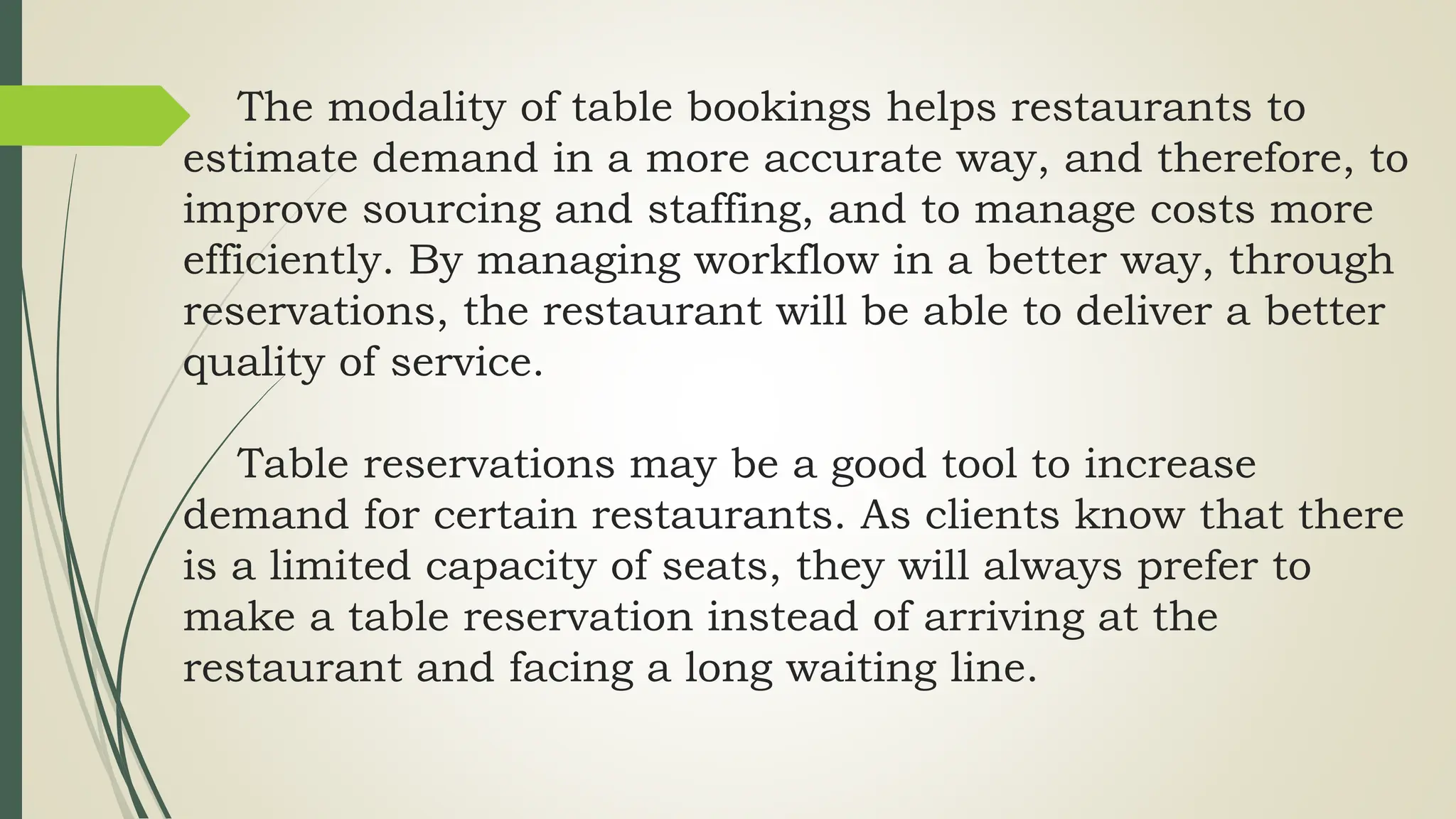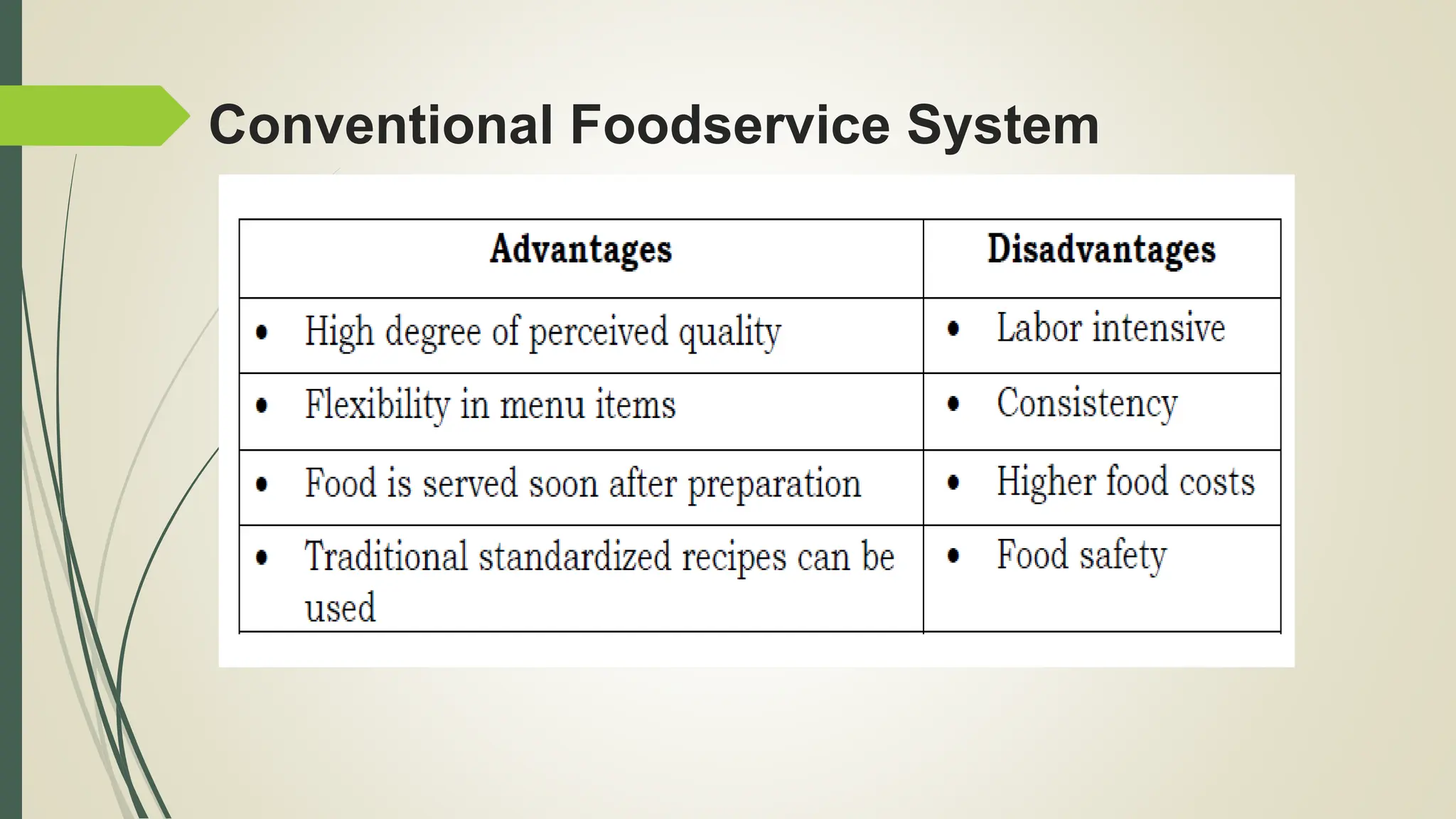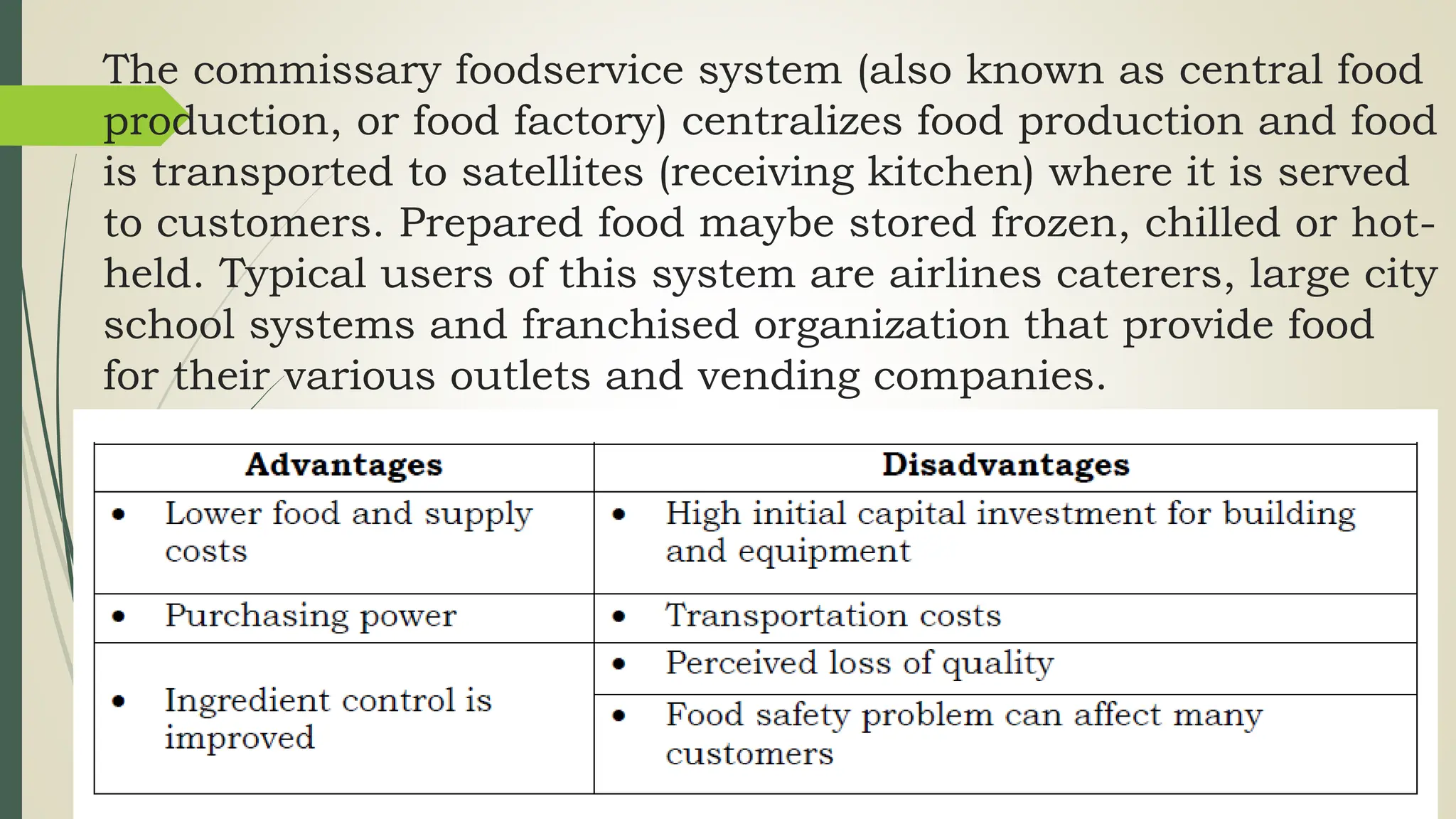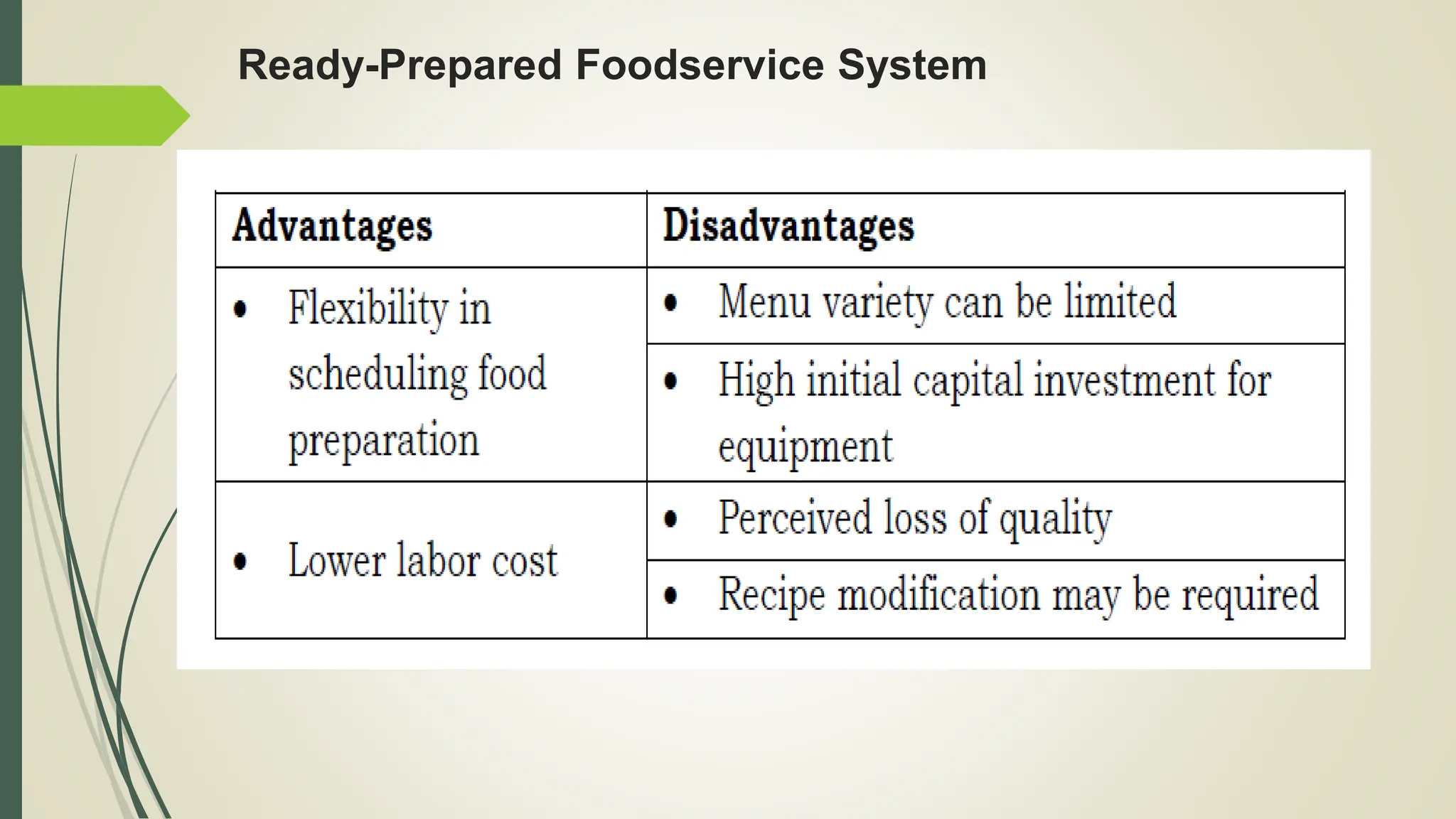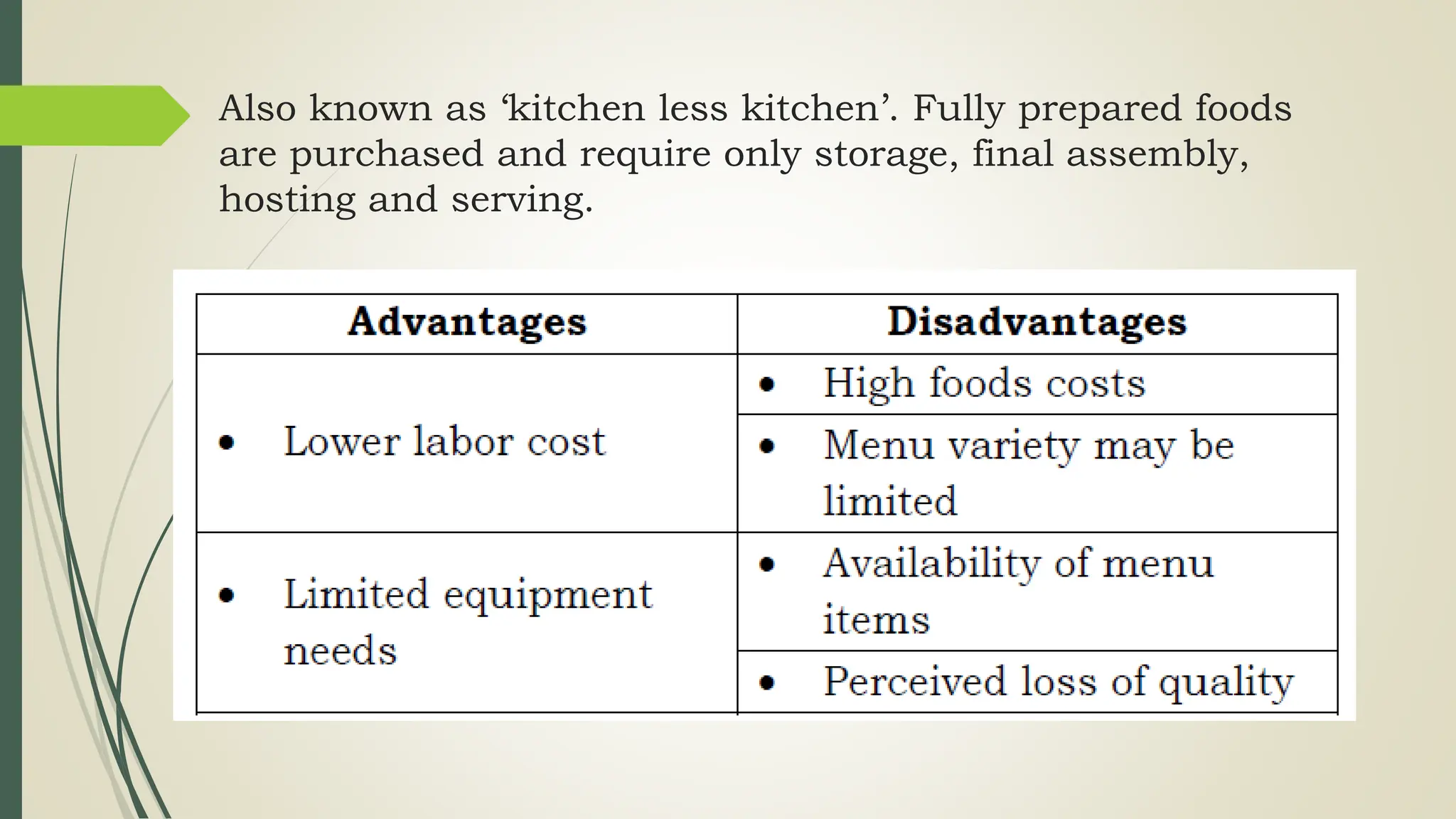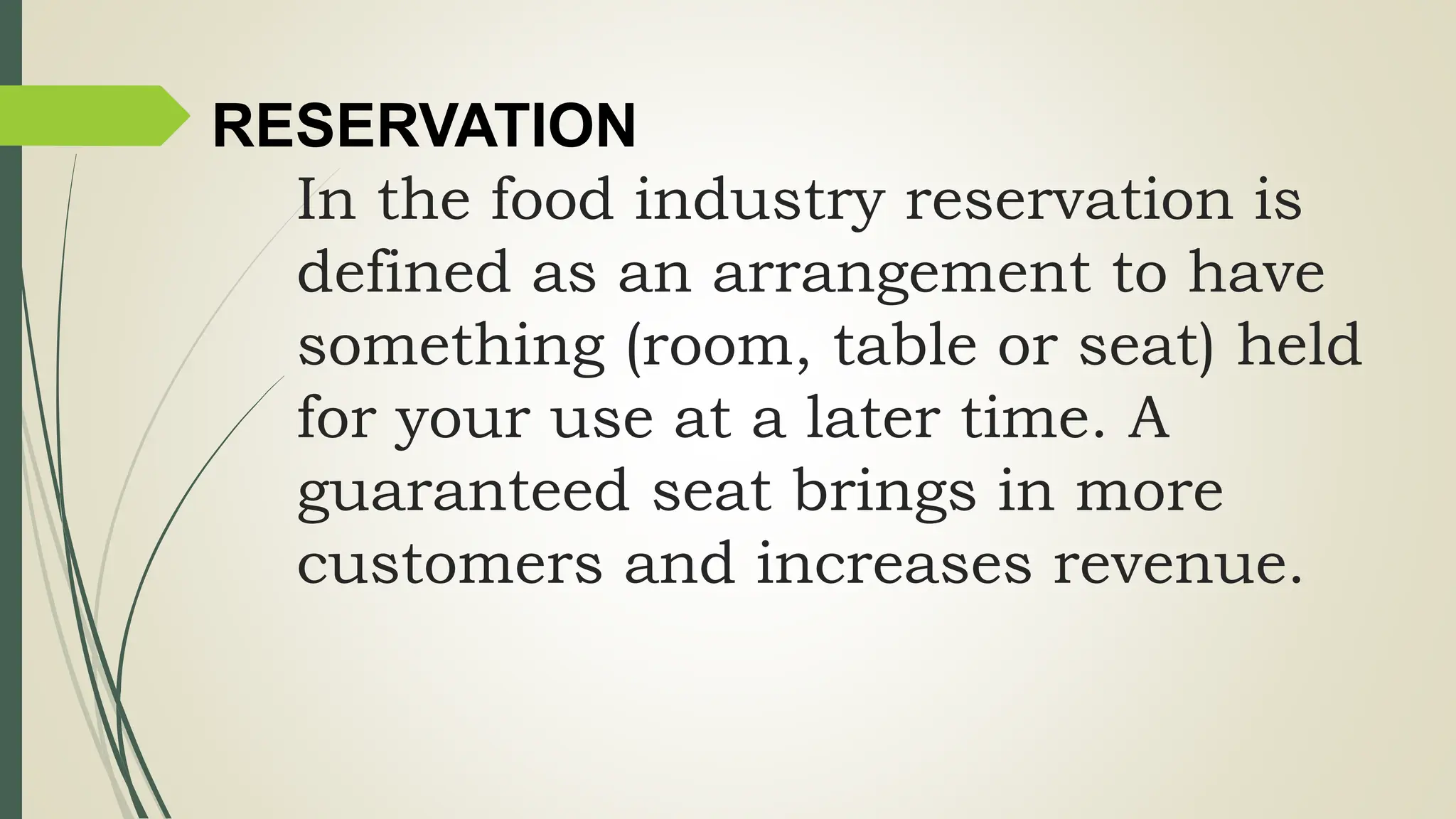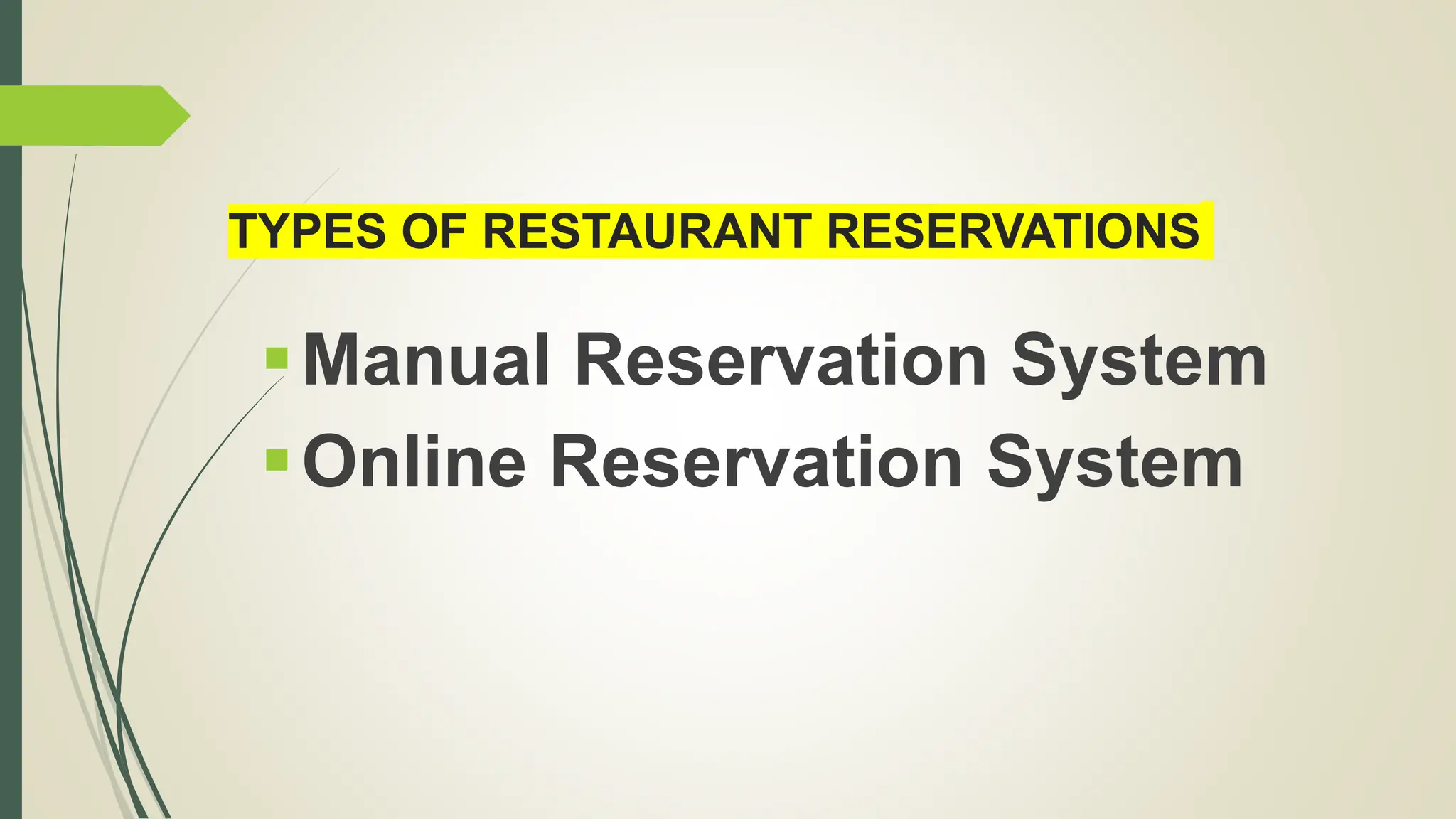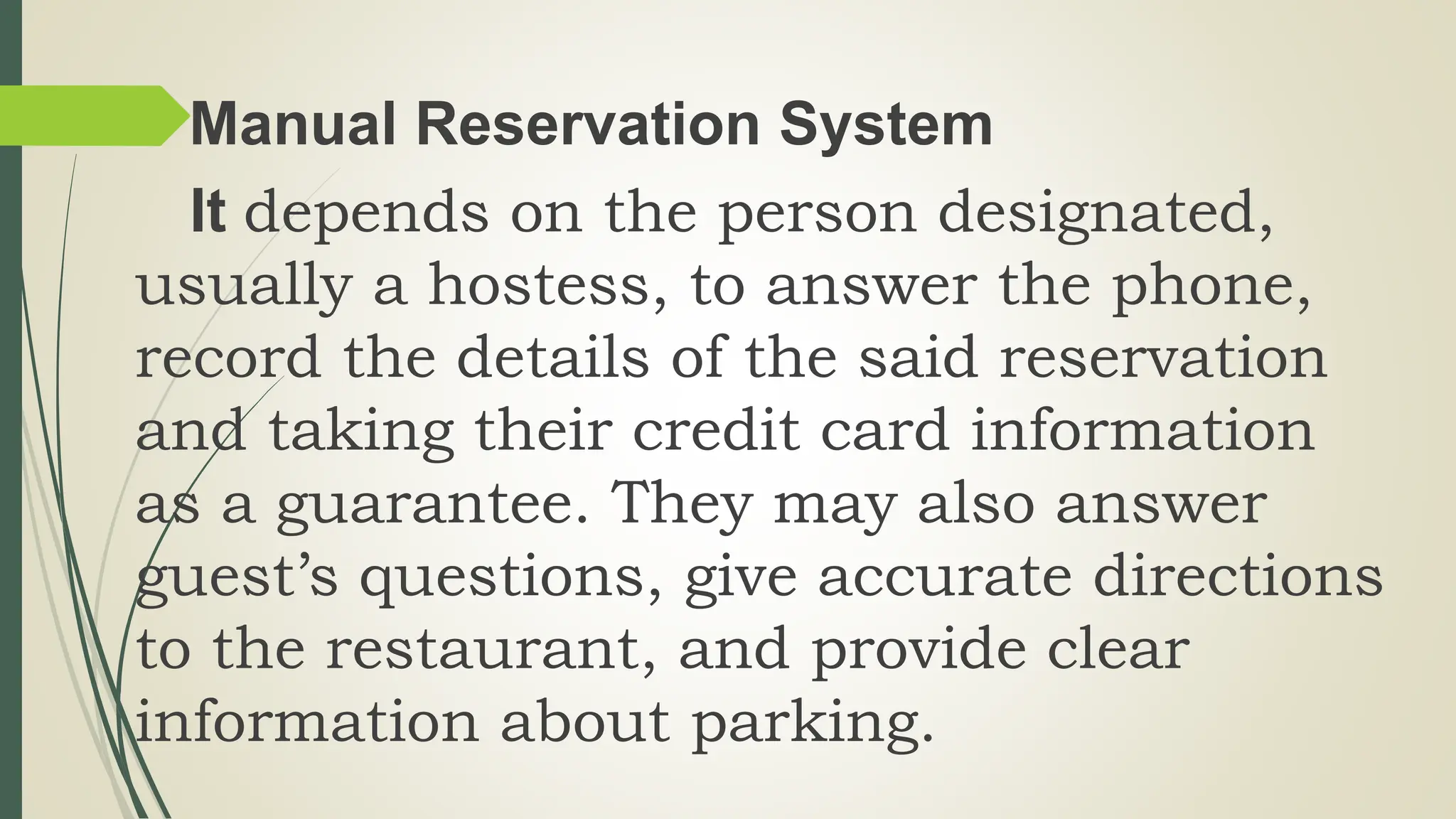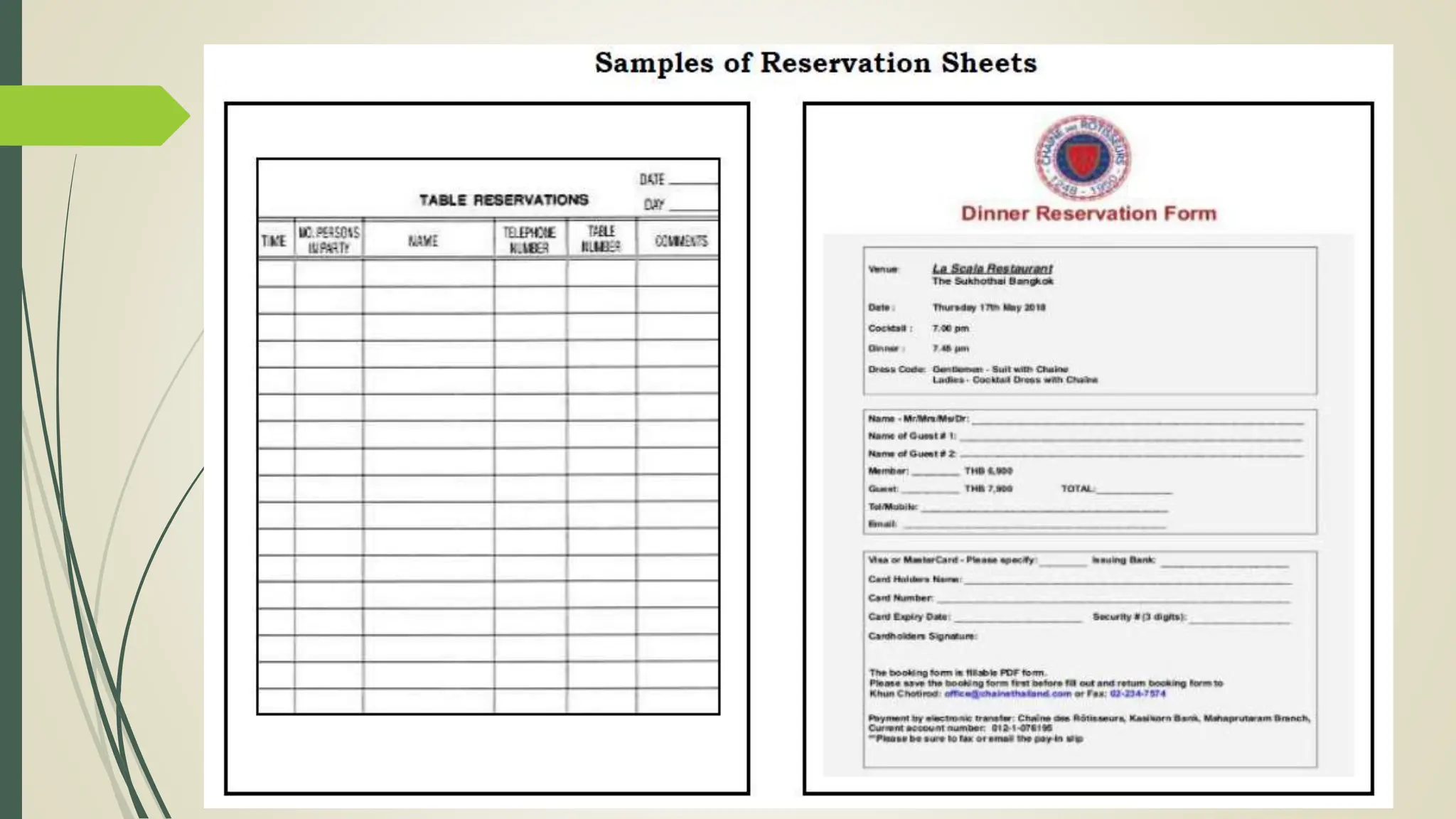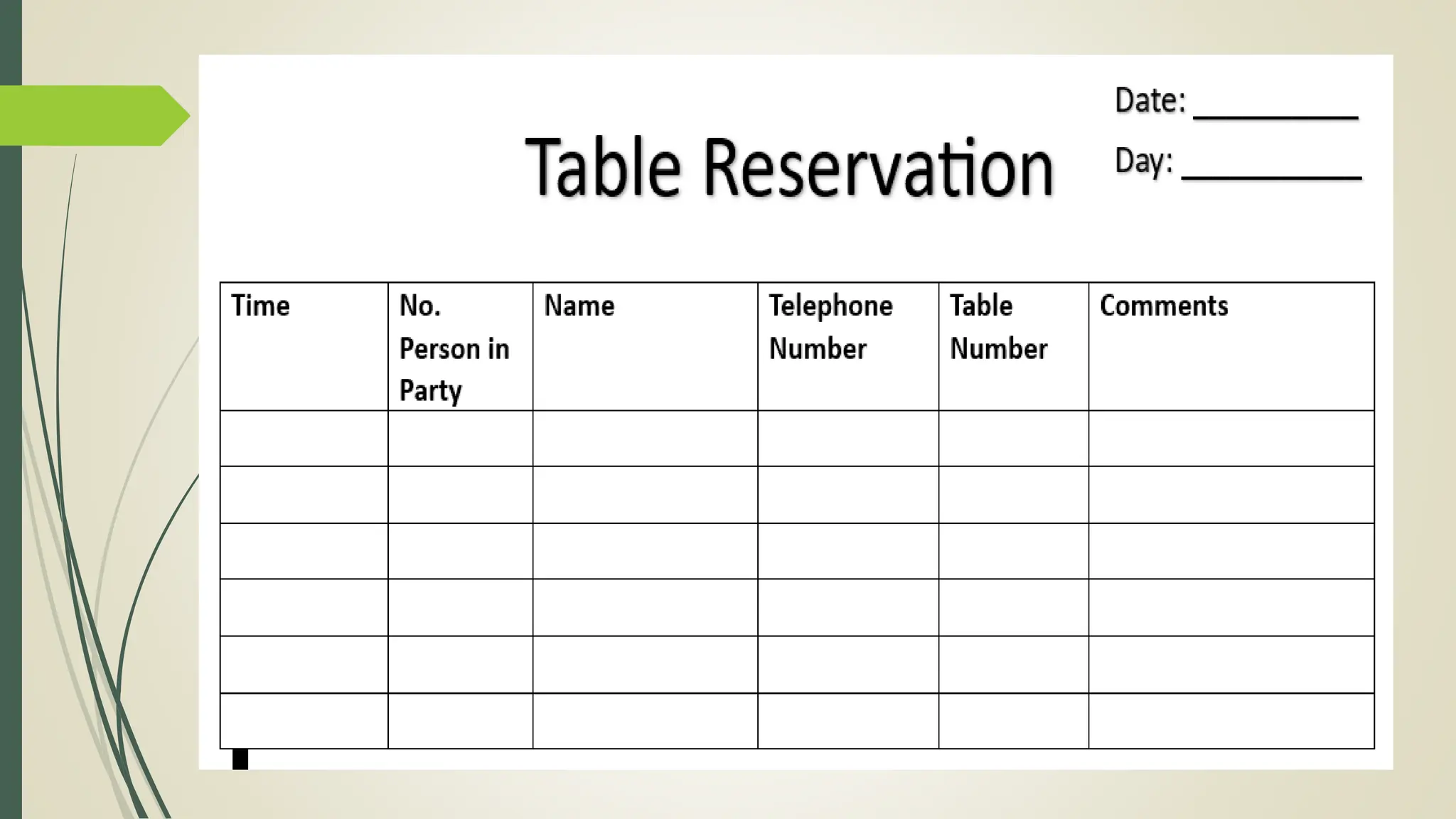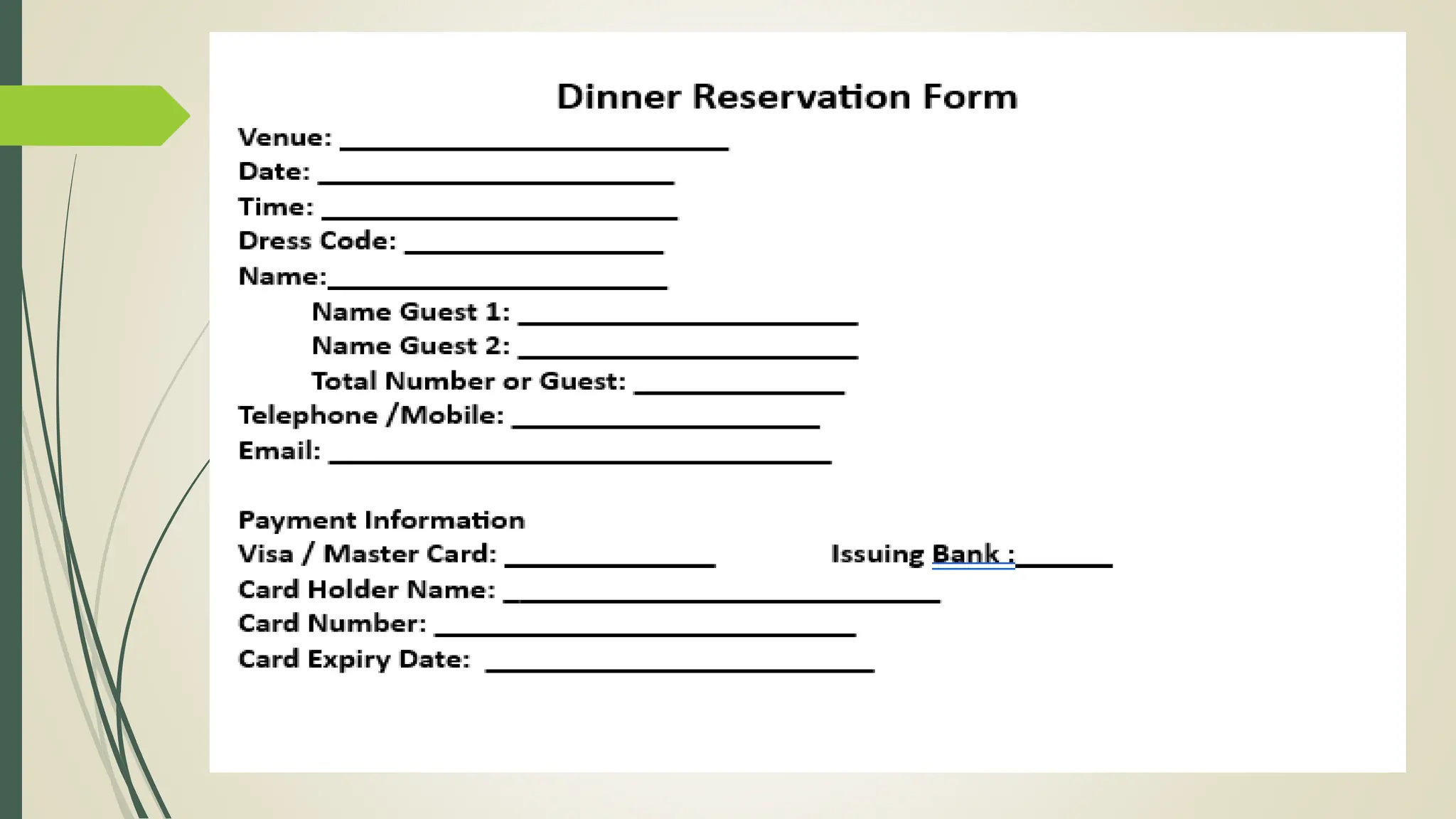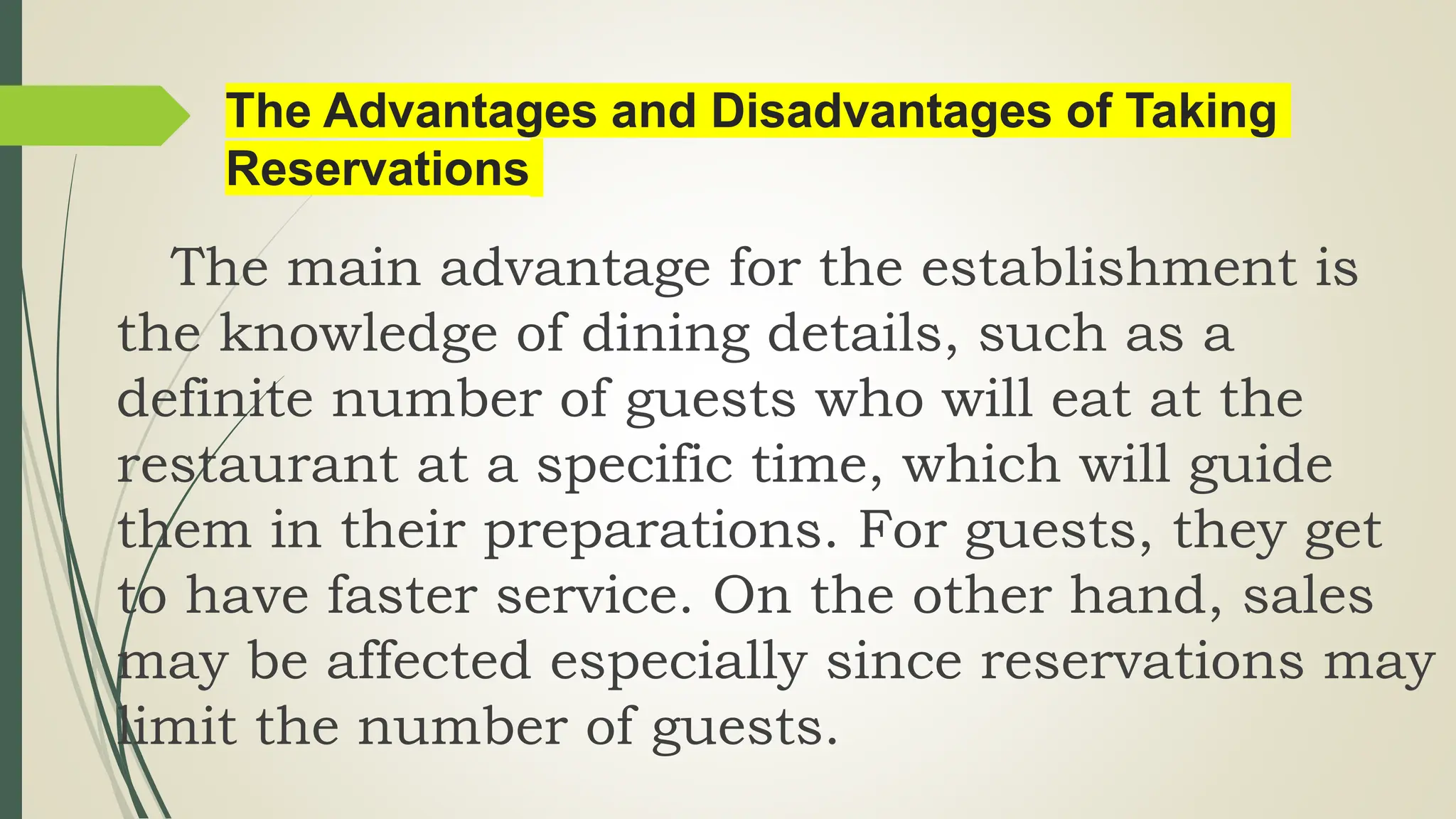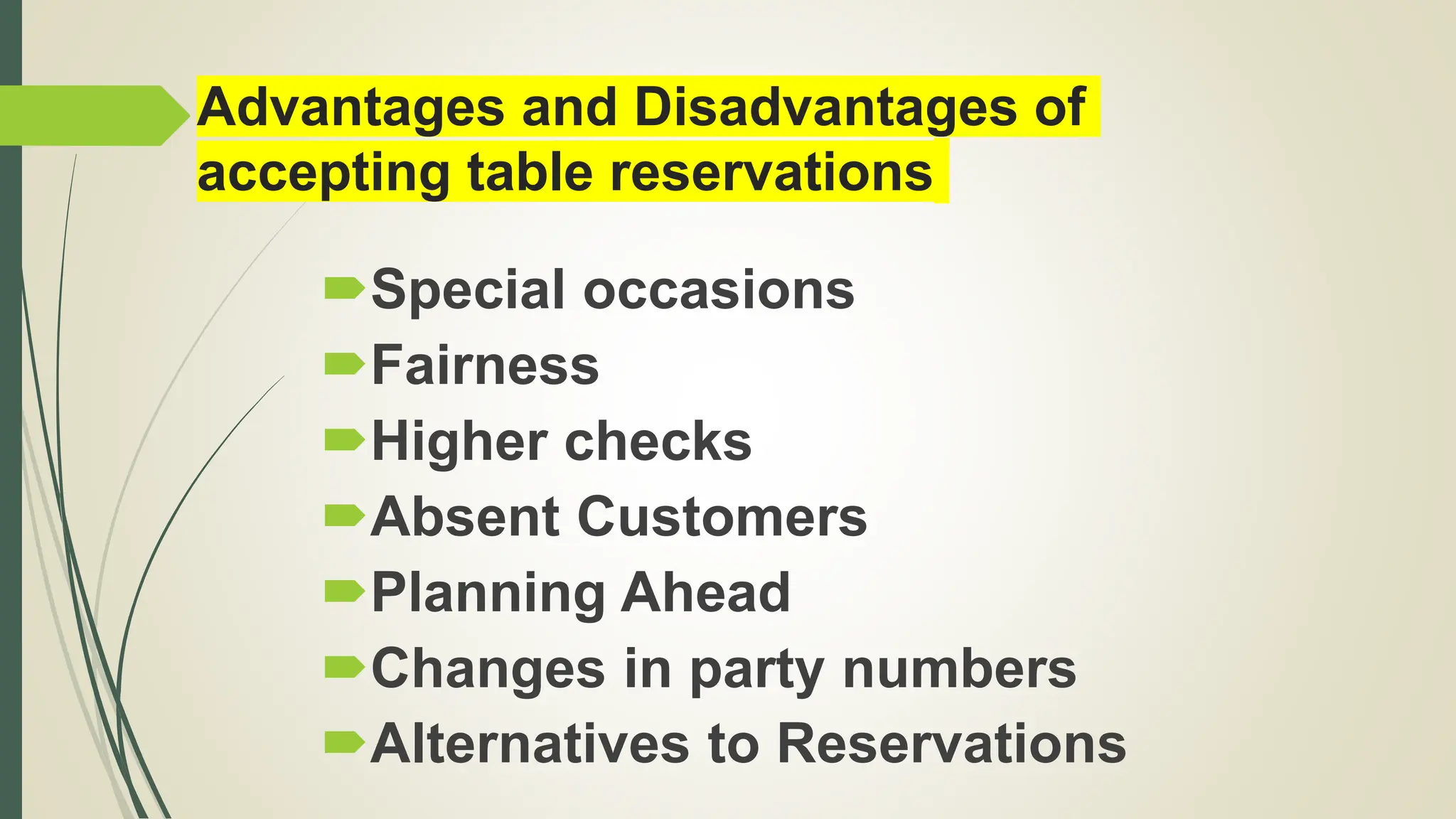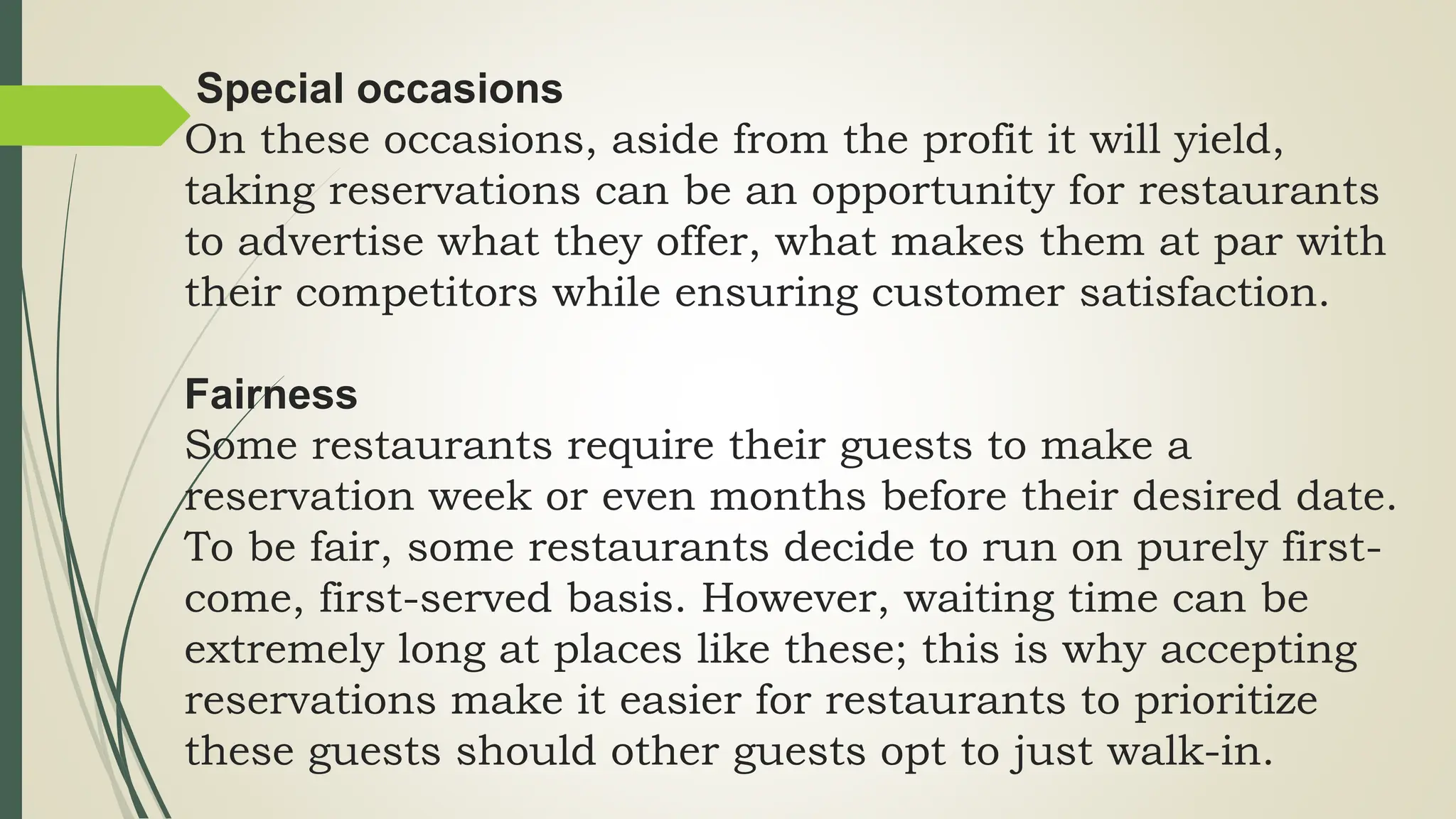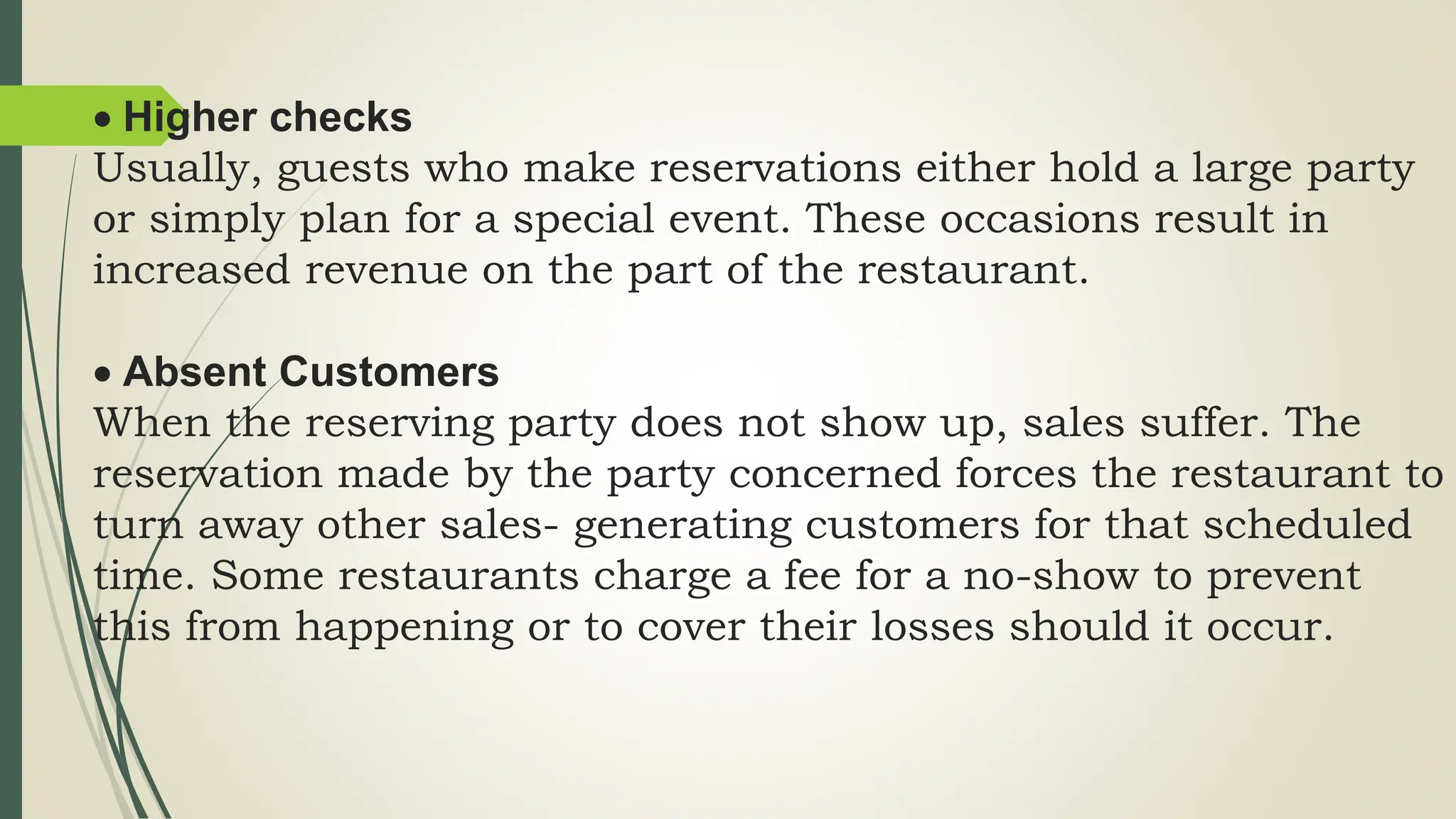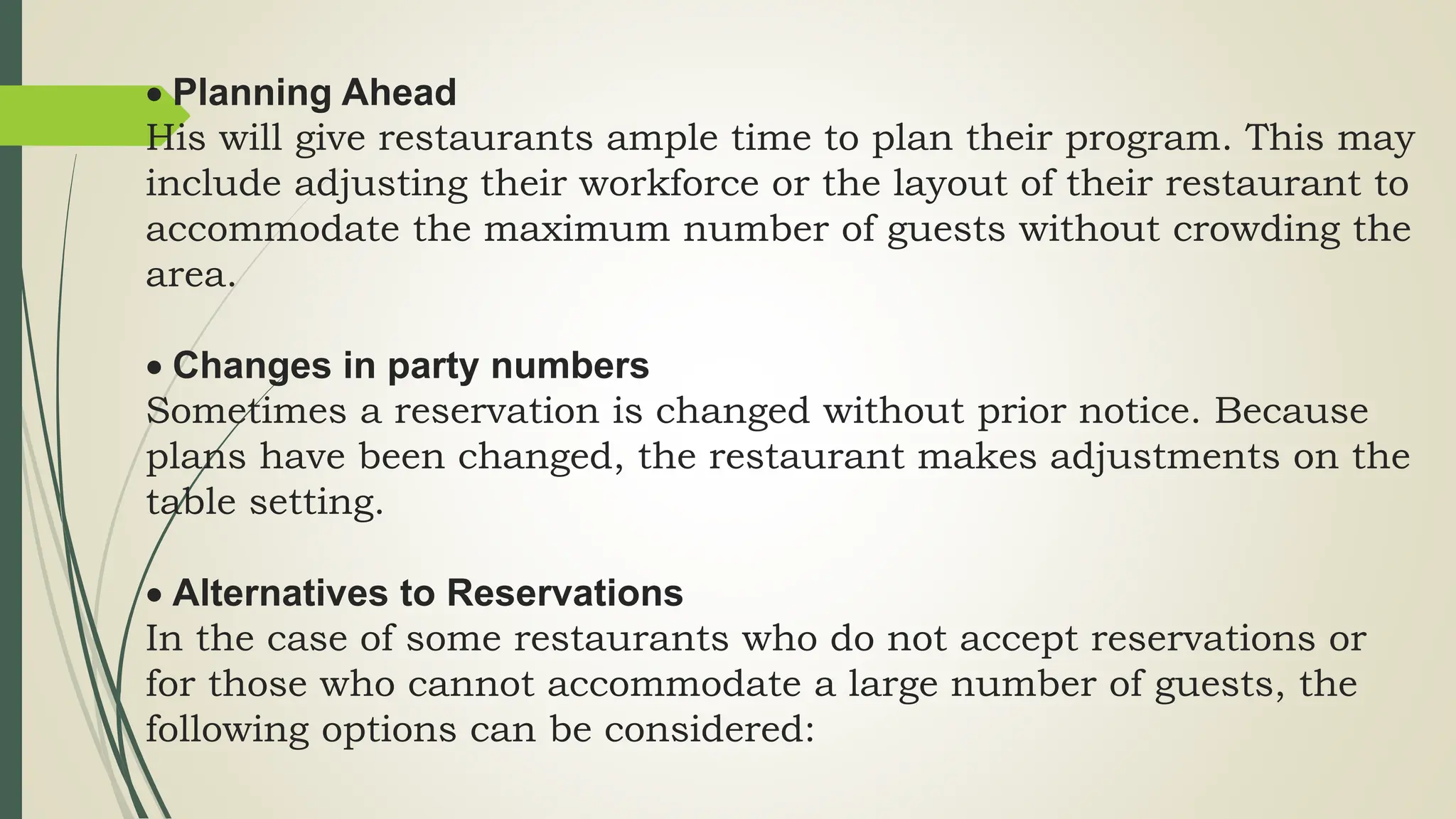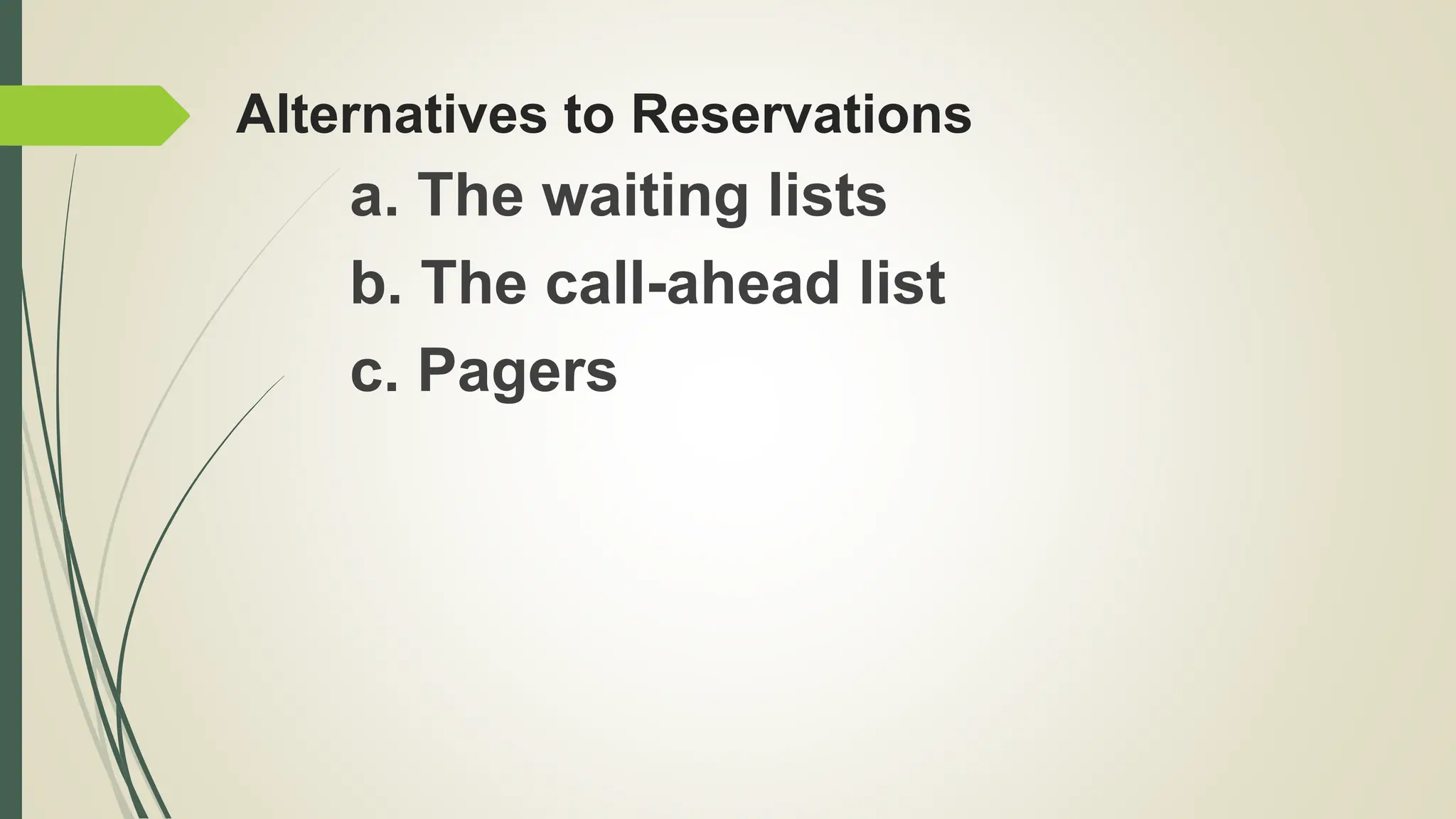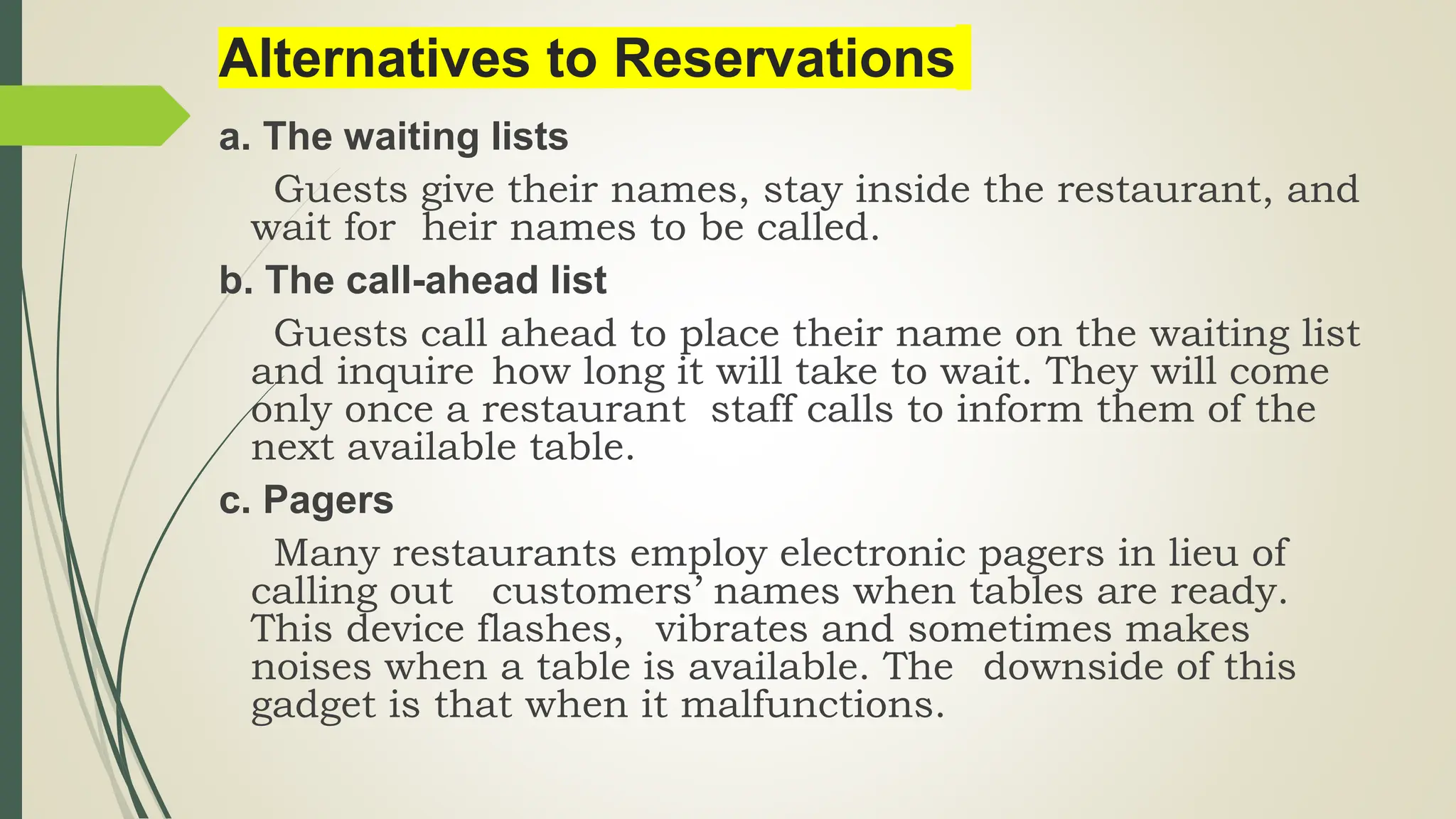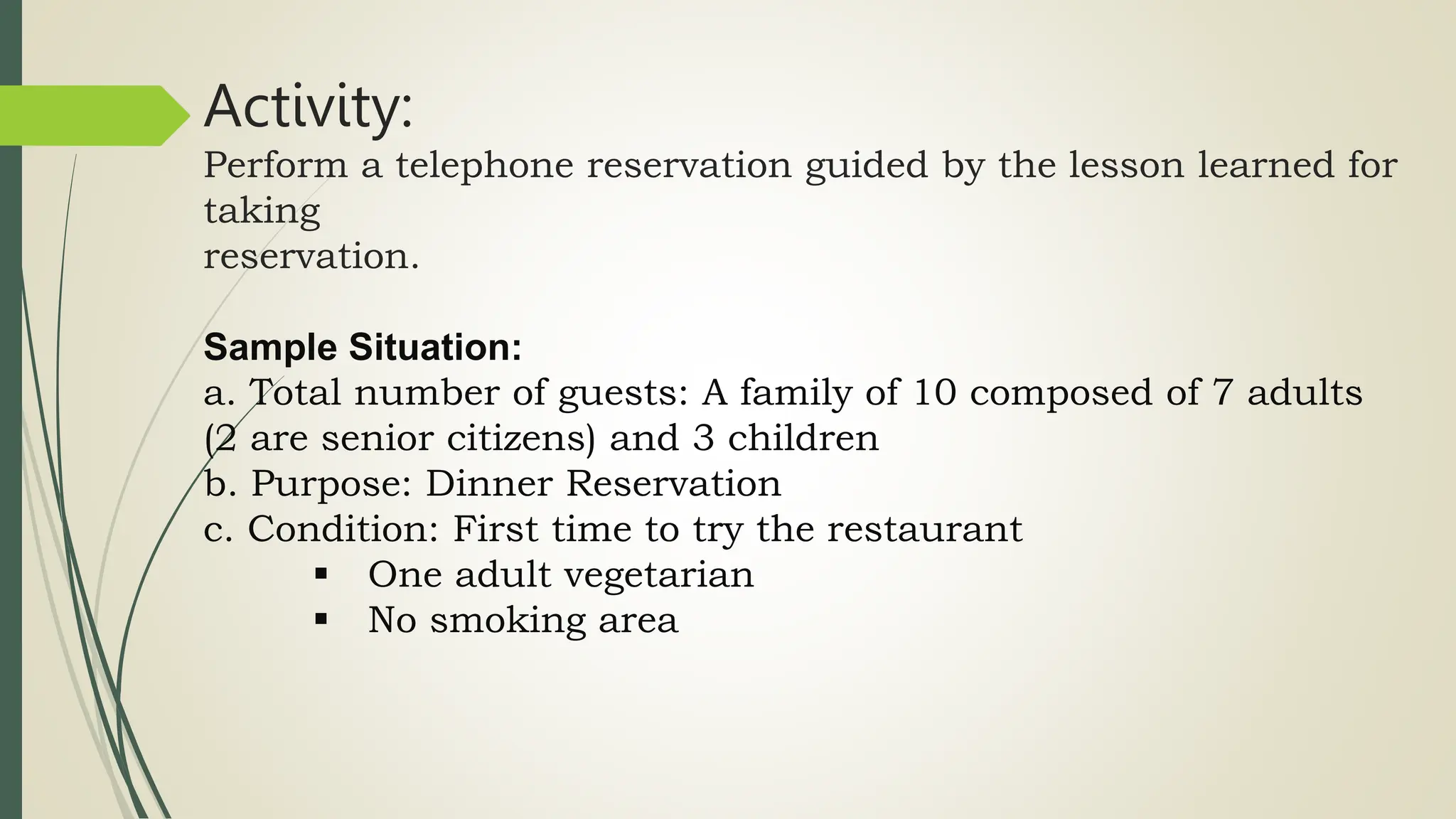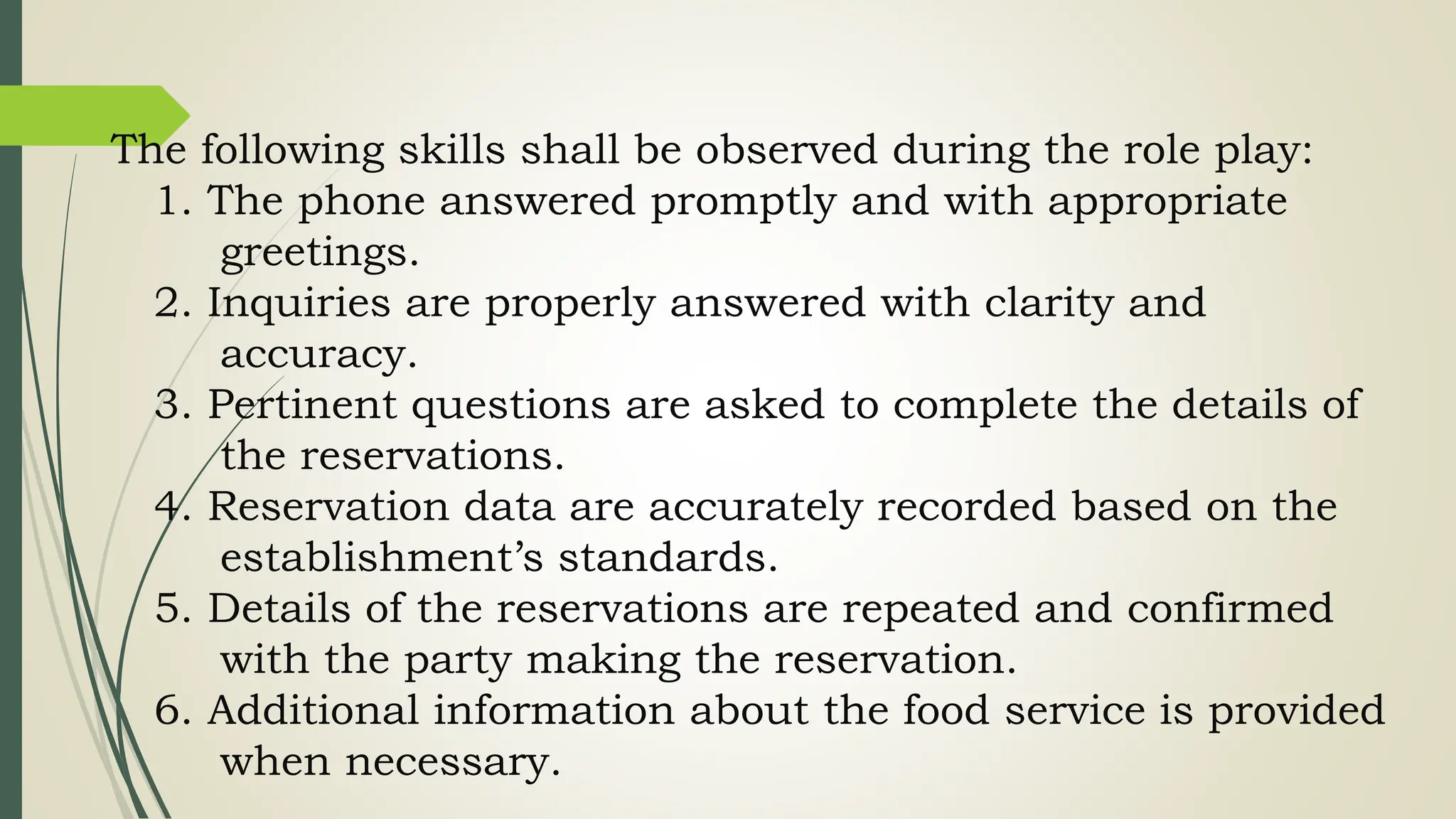Thank you for the role play scenario. Unfortunately I do not have the capability to perform a phone call role play. However, here are the key points I would cover if taking the reservation over the phone:
"Thank you for calling Restaurant Name. How can I help you today?"
"Okay, I have a reservation for a family of 10, with 7 adults and 3 children for dinner. Can I get the name for the reservation?"
"Great, thanks Mr./Ms. Last Name. Now let me just get some more details to complete the reservation. What time would you like the reservation for? Do you have any dietary restrictions I should be aware of? Okay, one adult is vegetarian. No problem, we

